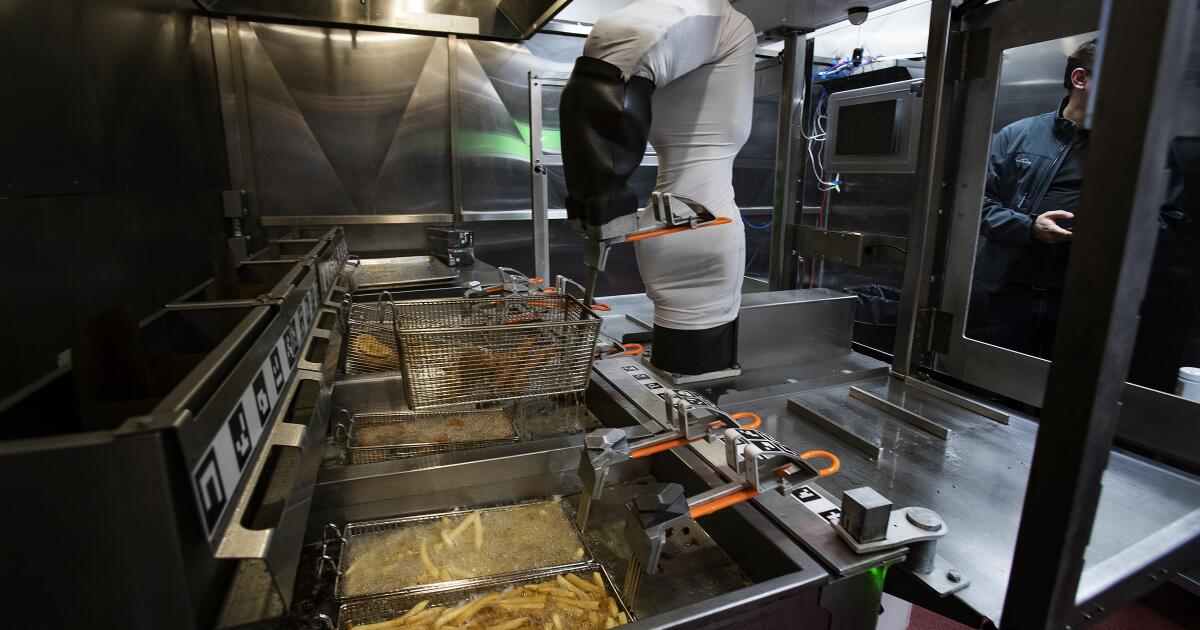For IT leaders, it's an exciting and challenging time. On the one hand, there is a need to be in a state of constant innovation. On the other hand, it can be difficult to understand where that innovation is coming from and where the best areas are to direct limited resources. Finding the right skills to cover emerging areas of innovation can also be a challenge, against a backdrop of a deepening skills crisis.
Some of the areas where technology will quickly go from being something of science fiction to having a significant impact on the business world in APAC, according to a recent Gartner webinar, are satellite communications, digital humans, the small Internet of environmental things and autonomous robots. In this article, we focus on what IT leaders in Australia need to know about these cutting-edge technologies.
1. Satellite communications
Connectivity across Australia will undergo a significant transformation as low Earth orbit satellite options become more common. There is currently only one supplier on Elon Musk's SpaceX Starlink, but the Australian government has created a working group to explore LEO opportunities in early 2023 and expects more suppliers to emerge in the coming years.
The government is exploring LEO technology with the following in mind:
- Its potential role in closing the digital inclusion gap, particularly in relation to First Nations peoples.
- Its role in supporting greater resilience and redundancy in emergency circumstances.
- The potential of satellites to provide universal telecommunications services.
- The economic benefit that could arise from increased use of LEOSat, including facilitating the Internet of Things.
Given Australia's size and the extremely low population density in much of it, the ubiquity promised by LEO satellites could be a hugely effective way to unlock much of the country by giving it fast internet for the first time. LEO satellites could be instrumental in promoting regional development and helping organizations reach and engage with populations outside major cities.
2. Digital humans
No, these aren't the Joi units from Blade Runner 2049… or are they?
Digital humans are the concept of digital twin, applied to people. Gartner conceptualized them as “artificial entities designed to create new types of companions, assistants, therapists, and entertainers,” and Gartner predicts that by 2027, most B2C enterprise CMOs will have a budget dedicated to digital humans.
But the applications of digital humans will go far beyond simple marketing exercises. Australia's leading scientific research organisation, CSIRO, is actively exploring the 'twinning' aspect of digital humans and using them as a model for experimentation and research. CSIRO highlighted some real-world applications of digital humans, including:
- A virtual model of an Olympic swimmer was used to evaluate the coach's proposed changes to his technique.
- A software tool provided to Diving Australia to enable interactive experimentation of virtual diving techniques for synchronized diving athletes heading to Rio 2016. Coaches and athletes used it to test technique modifications to improve scores without compromising performance or security.
- A virtual mouth is being used to inform the redesign of healthier foods for greater consumer acceptance. The modeling process is increasing understanding of mouthfeeling behavior and the effect of proposed design changes.
For now, digital humans remain a niche technology application, but due to their extensive data management and software development requirements, there will be a growing demand for experts in this field in the coming years.
3. Tiny ambient IoT
A small ambient IoT device is a 3GPP Internet of Things device that is much smaller and cheaper compared to previous generations of IoT, and the main source of ambient IoT power is radio waves. This technology allows objects to be tagged, tracked and detected without the complexity or cost of battery-powered devices.
While this concept has not been explored on a large scale in Australia, at a symposium on the Gold Coast last year, Gartner said: “This will enable new ecosystems; new business models based on knowing the location or behavior of objects; smarter products with new behaviors; and a much lower cost of tracking and monitoring. A small ambient IoT will expand opportunities for a wide range of companies, but Gartner recommends evaluating potential social and regulatory issues before adoption.”
In the webinar, Arnold Gao, vice president analyst for Gartner's Technology Innovation practice, highlighted examples from around the world, such as one where researchers placed these small, battery-free IoT devices on butterflies without inhibiting the insect's ability to move. and operate; These can be printed for as little as $0.01 per sensor wholesale. Sensors that are extremely lightweight and inexpensive really open up a host of new opportunities for businesses across all industries.
4. Autonomous robots
In February, the Australian military, in collaboration with the United Kingdom and the United States, showcased AI-powered autonomous vehicles and systems. Late last year, the Gatton AgTech Showcase held in Queensland attracted more than 1,000 attendees to see the latest in automated agricultural robotics, drones and more for the agricultural industry.
The application of AI to robotics was inevitable, but thanks to advances in both fields of technology, we are now beginning to see them united. Between this year and 2030, the AI-enhanced robotics market is projected to grow at a CAGR of 25.64% to reach US$935.8 billion by 2030.
Autonomous robotics is one of the key areas of interest among organizations pushing for Australia to increase its national investment in R&D from around 0.5% of GDP today to 3% by 2035.
IT professionals must focus on these capabilities to meet the needs of the leader.
While much of the focus in IT is currently focused on areas like artificial intelligence, cybersecurity, digital transformation, and data, the next wave of innovations will bring these things together in an incredibly complex and nuanced way. IT professionals must be proactive in learning and mastering new technologies to remain relevant and competitive.
It is also clear that technologists will be expected to become more strategic than operational in their roles. The value of these advanced technologies is not in their creation and implementation (where technologies like AI will help anyway) but in how they are conceptualized and used. For IT professionals at all levels, success will increasingly depend on their ability to conceptualize solutions that advance business objectives rather than supporting the functioning organization.











